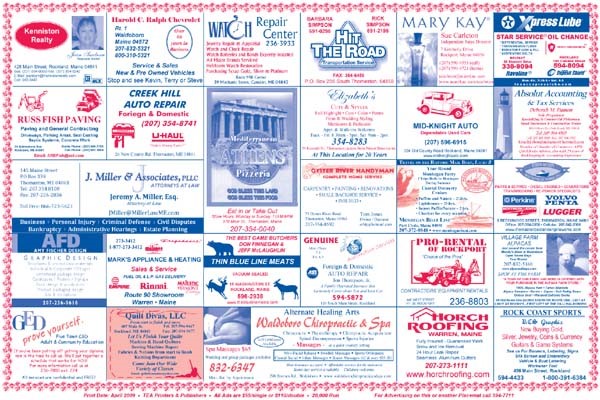The Other Problem(s) with Commercials

Leaving aside commercial inventory levels airing on many radio stations, which all too often make commercial breaks resemble diner placemats, radio today faces additional problems with commercials.

In the latest NuVoodoo Ratings Prospects Study sample of 2,979 persons 14-54 across all PPM markets, even among the subsamples likely to say “yes” to an offer to keep a diary or wear a meter, majorities of music format P1’s agree that most commercials on the radio don’t apply to you. As our consumer experience is increasingly connected with digital media, where ads are served up based on individual browsing history and the deep information available via Big Data, we’re coming to expect that ads are always relevant to us (even when it gets a little spooky).

Compared to TV and newspaper, precise targeting had been a selling point for radio. Sadly, the very nature of broadcast media means that the ads aren’t customized down to the individual. So, there’s relatively little that can be done at the station level to address this perception.
The other problem is the creative itself. Again, even among the subsamples likely to say “yes” to an offer to keep a diary or wear a meter, majorities of music format P1’s agree that most commercials on the radio don’t sound good. Radio has made attempts to improve client commercials, but the competitive nature of advertising today means that the agency and client position is frequently “take it or leave it” (and stations are often forced to take it).

Stations need to be focused on keeping commercials relevant, interesting and, most importantly, effective. Back in the era when a few PD’s could reject commercials, the urging a client to modify their creative was always cloaked in terms of getting better results. Today, it’s critical to have as many bodies as possible inside clusters thinking about maximizing effectiveness of the commercials the stations play.
Knowing what Radio Mercury Award winners sound like is a start. Jerry Lee, owner of WBEB/Philadelphia, offers free effectiveness testing of radio commercials to committed station advertisers. Listening to the works of Stan Freberg might stir up some ideas that could be updated for 2017.
We’ll add our endorsement for the radio endorsement. Familiar voices telling us about relevant goods or services, adding their weight to our decision making. Unadorned, unproduced voices telling us stories about their experiences with a product or service. Stories that might step outside the usual rhythm of the radio commercial. Delivery that strikes at that one-to-one connection that radio strives to achieve.
These spots don’t have to be live. They don’t have to be delivered by a marquee name, though they should be delivered by someone with a name (otherwise, how will the listener relate to him or her?). They should revolve around a story that aims to engage the listener. And they’re often best when there’s no music or sound effects to distract from the message.
How often these spots can run, where to place them in a break, which clients are eligible, etc. are station-specific decisions. Making commercials more effective and making commercial breaks sound better is a worthwhile goal.




